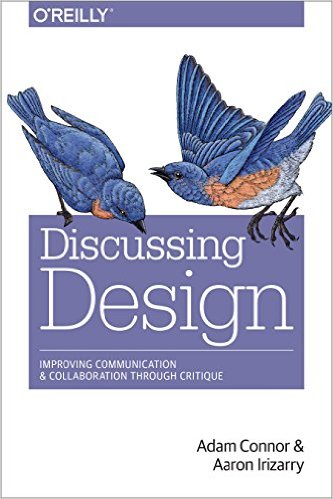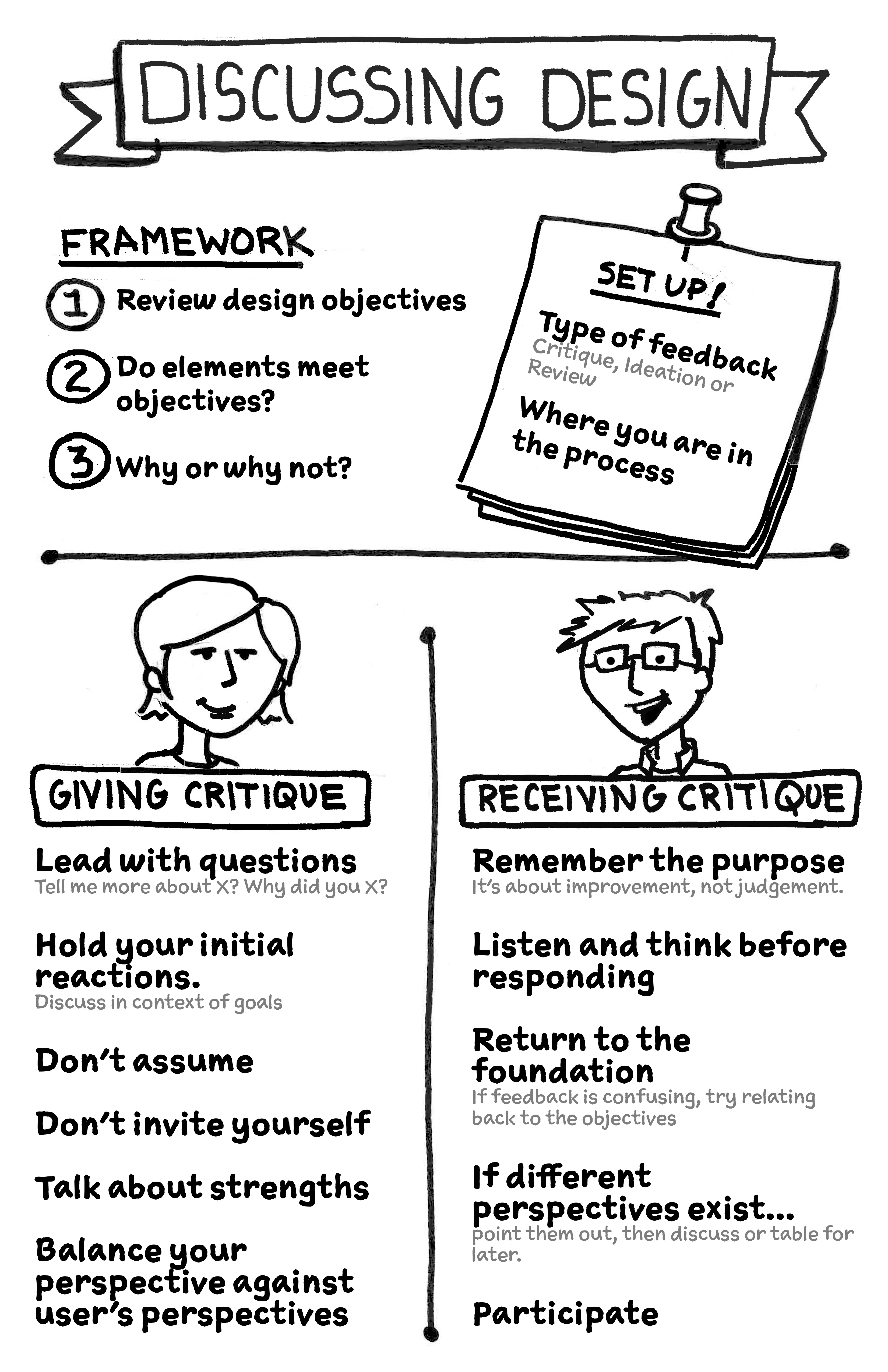Real critique has become a lost skill among collaborative teams today. Critique is intended to help teams strengthen their designs, products, and services, rather than be used to assert authority or push agendas under the guise of “feedback”.
– Adam Connor
 At Red Privet, we are passionate, professional designers and technologists. We believe in constantly learning more about our craft and how we can help make people’s lives easier through experience design. Recently, our staff members dove into the book “Discussing Design” by Adam Connor and Aaron Irizarry. In this blog, we outline our key takeaways, and how we’ve begun to shift the way we do things here at Red Privet based on our learnings.
At Red Privet, we are passionate, professional designers and technologists. We believe in constantly learning more about our craft and how we can help make people’s lives easier through experience design. Recently, our staff members dove into the book “Discussing Design” by Adam Connor and Aaron Irizarry. In this blog, we outline our key takeaways, and how we’ve begun to shift the way we do things here at Red Privet based on our learnings.
We work in a collaborative environment, and we’re often iterating through an agile design process (learn more about our approach). That’s how we help our clients produce meaningful, market-tested experiences for their customers. Adam and Aaron’s book was an effective reminder that when working both internally as a team and externally with our clients, it’s critical to set the proper foundation for both giving and receiving constructive design feedback. The implication of poor communication and feedback are many – potentially multiple rounds of changes, delayed timelines, and frustrations are just a few. By using a few simple constructs to tee up the feedback discussion, we’re likely to solicit more productive reviews when we’re on the receiving end, and likewise, offer more actionable feedback to our colleagues.
Below are some tips we learned in “Discussing Design” to foster productive critiquing:
Setup:
At the beginning of your conversation, establish the following:
- Briefly review objectives for the problem you’re solving. This is critical. It helps focus feedback to “Does your solution meet the objectives.” And then, “Why or why not”.
- What type of feedback you’re looking for (critique, ideation or review)
- Critique – Helps us understand what is working and what isn’t and whether we are on the right track to reach our goals.
- Ideation – Collaborative problem solving.
- Review for Approval – Goal-based feedback with clear steps to reach approval.
- Let your critiquer understand where you are in the process (i.e., what you’re still working on, are you close to approval, amount of time remaining for this task).
Giving Critique:
When giving critique, follow these simple intents: (1) use a filter, (2) don’t assume, (3) don’t invite yourself, (4) lead with questions, and (5) talk about strengths. Consider these critical questions when giving design critique:
- What problem was the designer trying to solve or what goal were they trying to achieve?
- How did the designer try to solve that problem or achieve that goal?
- How effective is what the designer did at solving the problem or achieving the goal?
- Why is or isn’t what the designer did effective?
- Are there any problems the designer could or should have solved, but didn’t?
- Do any new problems arise as a result of the choices the designer made?
Receiving Critique:
- Receiving critique with the right intent takes humility and a bit of restraint. It’s critical to remember the purpose of the feedback, and be sure to listen and think before you talk back. Participation can help set the right foundation.
We’ve begun to apply these guidelines at Red Privet during our internal collaborative and review sessions. Our implementation strategy was to create a poster (we are designers, after all), and utilize this as a reference point during meetings to ensure we’re “discussing design” productively. We found that by following the feedback protocol, we’re able to exponentially improve the productivity of our discussions. And it’s a good reminder that the whole goal of critiquing is simple: to move forward.
Here is the poster we created to summarize the book’s key points. Feel free to snag it:

